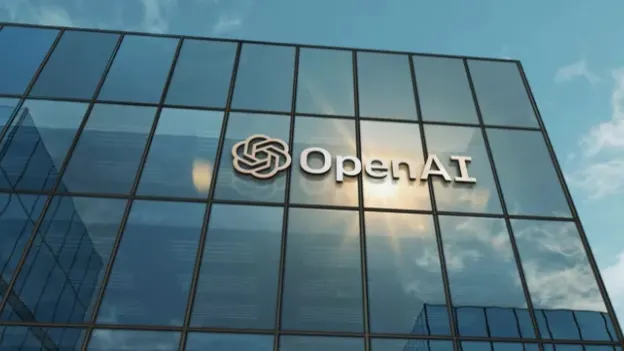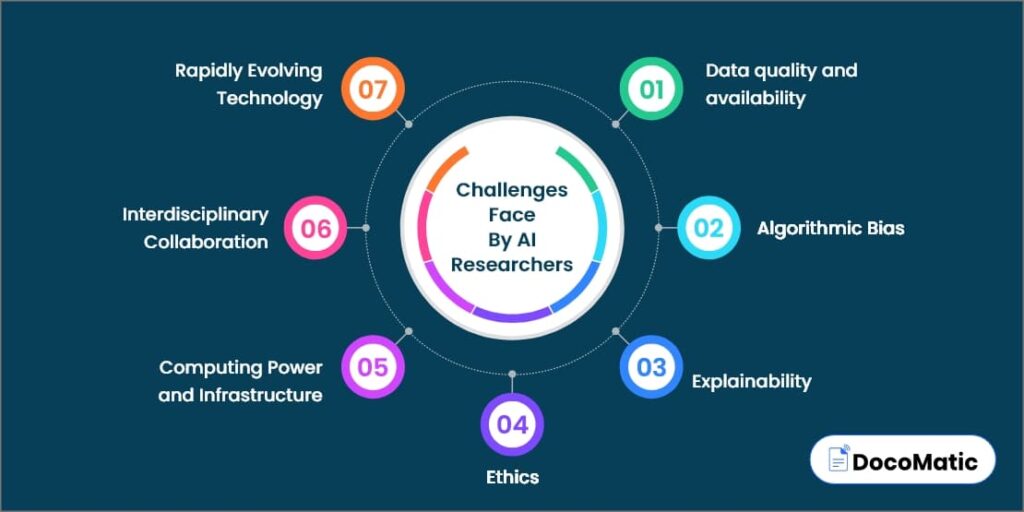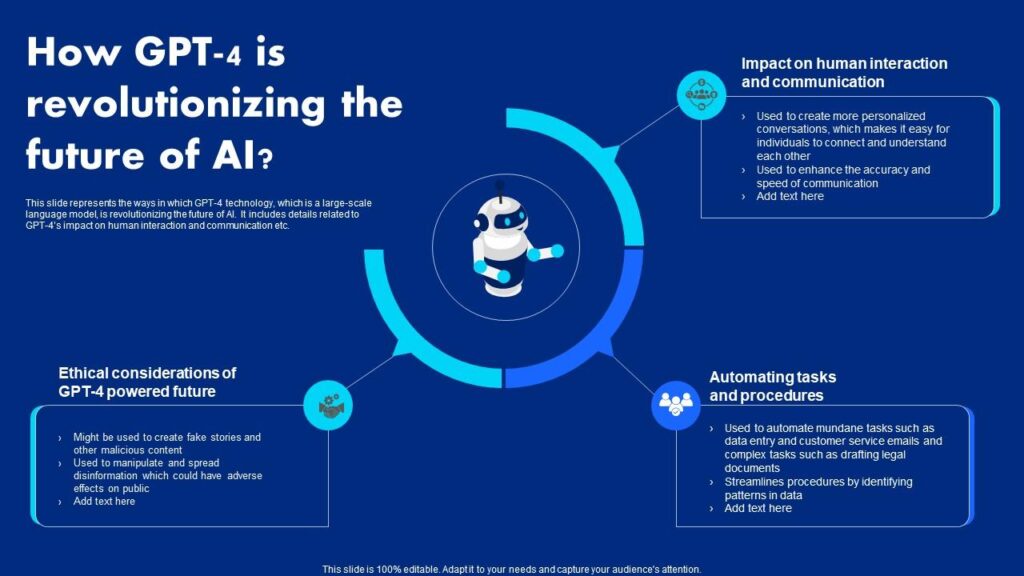Introduction
OpenAI is a leading artificial intelligence research and deployment company focused on developing AI technology for the benefit of humanity. Founded in 2015, OpenAI has pioneered groundbreaking advancements in machine learning, natural language processing (NLP), and artificial general intelligence (AGI). Learn more.
What is OpenAI?
OpenAI is an AI research lab that creates advanced machine learning models, including ChatGPT, DALL·E, and Codex. The company develops AI applications for businesses, developers, and general users, emphasizing ethical AI practices. Visit OpenAI.
History and Development
- 2015: OpenAI was founded by Elon Musk, Sam Altman, Greg Brockman, and others.
- 2019: OpenAI transitioned to a for-profit model (OpenAI LP) to attract funding.
- 2020: Launched GPT-3, the world’s most advanced NLP model at the time.
- 2021: Released DALL·E for AI-generated images.
- 2023: Introduced ChatGPT-4 and further AI enhancements.

Challenges Faced by Researchers Before AI Development
Before AI advancements like OpenAI’s models, researchers encountered several critical challenges:
- Data Overload: The sheer volume of data generated daily made manual processing nearly impossible.
- Inefficient Automation: Traditional automation lacked adaptability and decision-making capabilities.
- Complex Problem Solving: Many tasks, such as natural language understanding and medical diagnostics, required deep insights beyond traditional programming capabilities.
- Computational Limitations: Early AI models were constrained by limited processing power and inadequate datasets.
- Bias and Ethical Concerns: Ensuring fair, unbiased AI decision-making was a major hurdle. These challenges led to the development of more advanced AI models that could process vast amounts of information, automate complex tasks, and enhance decision-making capabilities.

Key Technologies and Innovations
1. ChatGPT
A conversational AI model designed for natural and human-like interactions. It can answer questions, write essays, generate creative content, and assist with various tasks across multiple domains. ChatGPT leverages deep learning and NLP to enhance human-computer interactions. Try ChatGPT.
2. DALL·E
An AI-based image generation model that creates unique artwork from text prompts. DALL·E can generate realistic and creative images, offering applications in digital art, marketing, and product design. Explore DALL·E.
3. Codex
An AI-powered coding assistant that enhances developer productivity. Codex understands and generates programming code in multiple languages, integrating with tools like GitHub Copilot to help automate coding tasks and optimize software development. More on Codex.
4. Whisper
An advanced AI-based speech recognition system. Whisper is designed for highly accurate transcription, translation, and audio processing. It supports multiple languages and is beneficial for accessibility, subtitles, and voice assistant applications. Read about Whisper.
5. Gym
A toolkit for developing and comparing reinforcement learning (RL) algorithms. Gym provides a diverse set of environments where AI agents can be trained and tested, making it a crucial tool for AI researchers and developers working on autonomous systems. Gym Toolkit.
6. CLIP
A multimodal AI model that understands images and text together. CLIP can interpret visual content based on textual descriptions, enabling tasks like content moderation, automatic image tagging, and enhanced search functionalities. Learn about CLIP.
7. Sora
A text-to-video AI model that generates high-quality video content from textual descriptions. Sora is used in film production, content creation, and marketing.
8. Jukebox
An AI tool designed to generate music. Jukebox can create original compositions, mimic different musical styles, and assist musicians in the creative process.
9. o1-preview and o1-mini
Advanced AI models capable of solving complex problems by systematically working through solutions. These models are designed to enhance problem-solving efficiency in various fields.
ChatGPT: OpenAI’s Most Popular AI Model
ChatGPT has gained immense popularity due to its exceptional ability to produce high-quality, human-like text responses. Its widespread applications in customer support, content creation, coding assistance, and educational tutoring make it indispensable. Technical reasons for its success include:
- Transformer architecture: Uses deep learning techniques for better text understanding.
- Fine-tuned models: Continuously updated for improved accuracy and relevance.
- Scalability: Easily integrates into various applications and industries.
- User-friendly interface: Accessible via web, API, and third-party tools.

Where OpenAI Models Are Made
OpenAI’s AI models, including ChatGPT, DALL·E, and Codex, are primarily developed in the United States. OpenAI operates research labs and data centers worldwide, but most of its development and deployment processes are based in the U.S.
Comparing OpenAI with Chinese AI Models
Several countries have developed AI models similar to OpenAI’s. Some of the most notable Chinese AI companies include:
- Baidu: Developed ERNIE, a powerful NLP model similar to GPT. Learn about ERNIE.
- Alibaba DAMO Academy: Works on AI-driven innovations, including NLP and cloud AI solutions. Alibaba DAMO.
- Tencent AI Lab: Specializes in machine learning, speech recognition, and AI-driven content generation. Tencent AI.
- Huawei Cloud AI: Focuses on AI-powered cloud services and AI applications in enterprise solutions. Huawei Cloud AI.
Future Innovations in OpenAI and AI Development
| AI Model | Developer | Country | Key Strengths |
|---|---|---|---|
| ChatGPT | OpenAI | USA | NLP, human-like text generation |
| DALL·E | OpenAI | USA | AI-generated image creation |
| Codex | OpenAI | USA | AI-assisted coding |
| ERNIE | Baidu | China | Advanced NLP, knowledge retrieval |
| DAMO AI | Alibaba | China | AI-driven cloud computing |
| Tencent AI | Tencent | China | Speech recognition, ML models |
| Huawei AI | Huawei | China | AI-powered cloud solutions |
OpenAI’s Impact on Various Industries
Healthcare
- Assists in medical research, diagnostics, and patient interactions.
- Example: AI-powered diagnostic tools like IBM Watson Health assist doctors in analyzing patient data. IBM Watson Health
Finance
- Automates trading, risk assessment, and customer support.
- Example: AI-driven chatbots in banks like JPMorgan Chase’s COIN for contract analysis. JPMorgan COIN
Education
- Enhances learning through AI tutors and personalized content.
- Example: AI tools like Squirrel AI provide adaptive learning experiences. Squirrel AI
Entertainment
- Generates creative writing, music, and visual arts.
- Example: AI-generated music platforms like OpenAI’s Jukebox. Jukebox AI
E-commerce
- Improves product recommendations and chatbot customer service.
- Example: AI-powered recommendation engines used by Amazon and Alibaba. Alibaba AI
Future of OpenAI
OpenAI aims to develop AGI that is safe, efficient, and beneficial for humanity. Future developments may include enhanced AI ethics, automation improvements, and broader accessibility.

Conclusion
OpenAI is at the forefront of AI innovation, revolutionizing multiple industries with powerful machine learning models. While challenges exist, its potential to transform society is undeniable. With competitors worldwide, including China’s AI advancements, OpenAI continues to push the boundaries of artificial intelligence.
Stay ahead of AI advancements—subscribe for the latest updates! 🚀